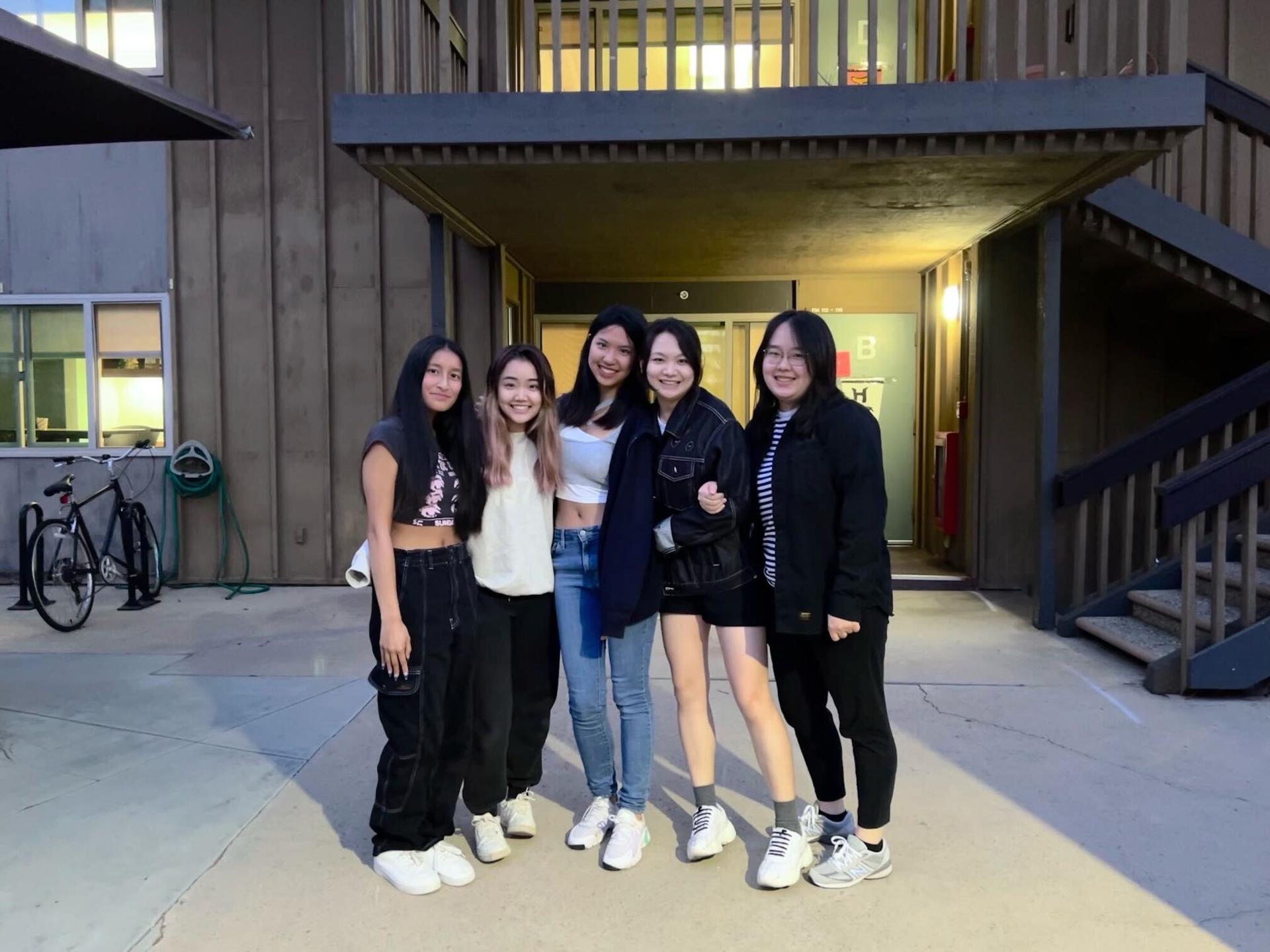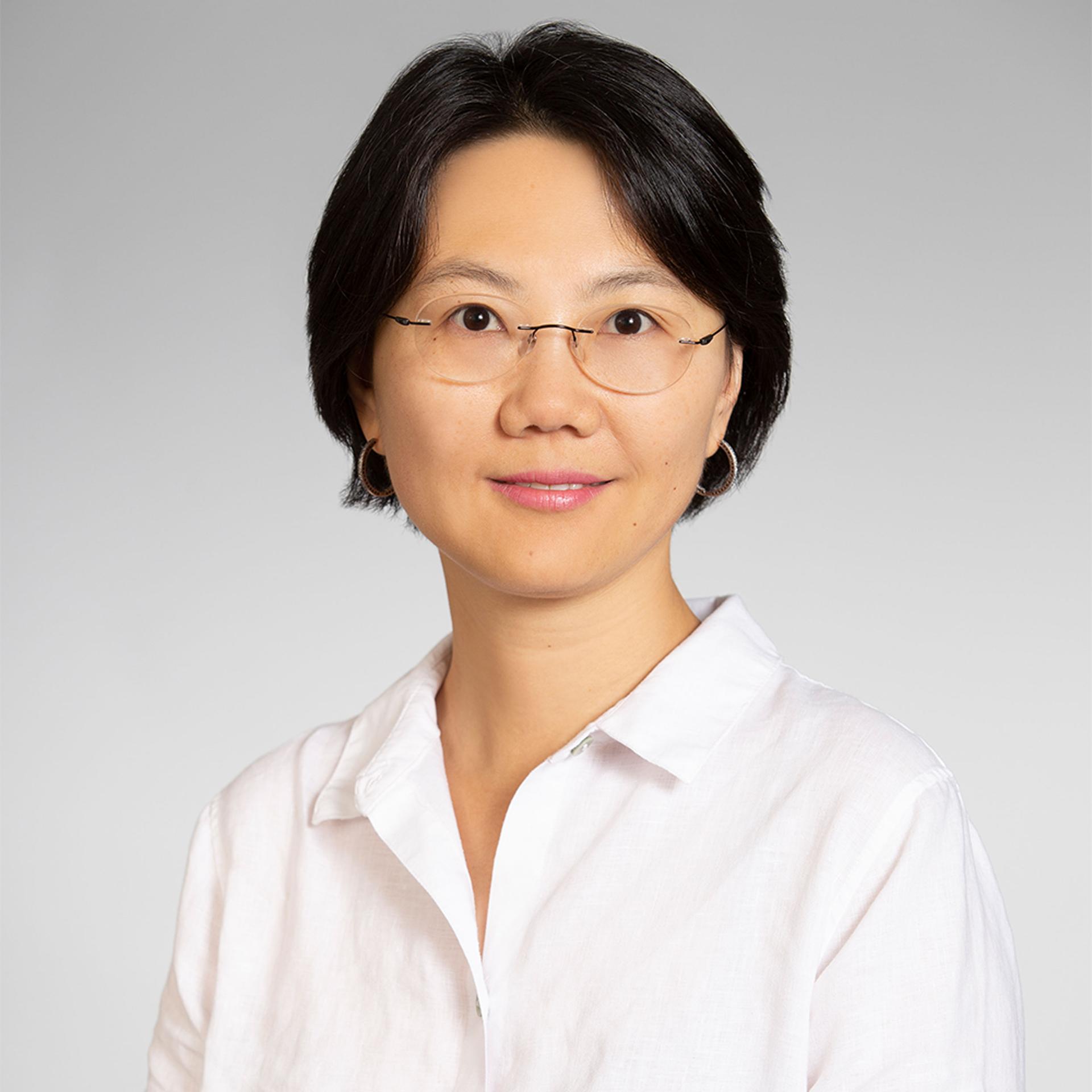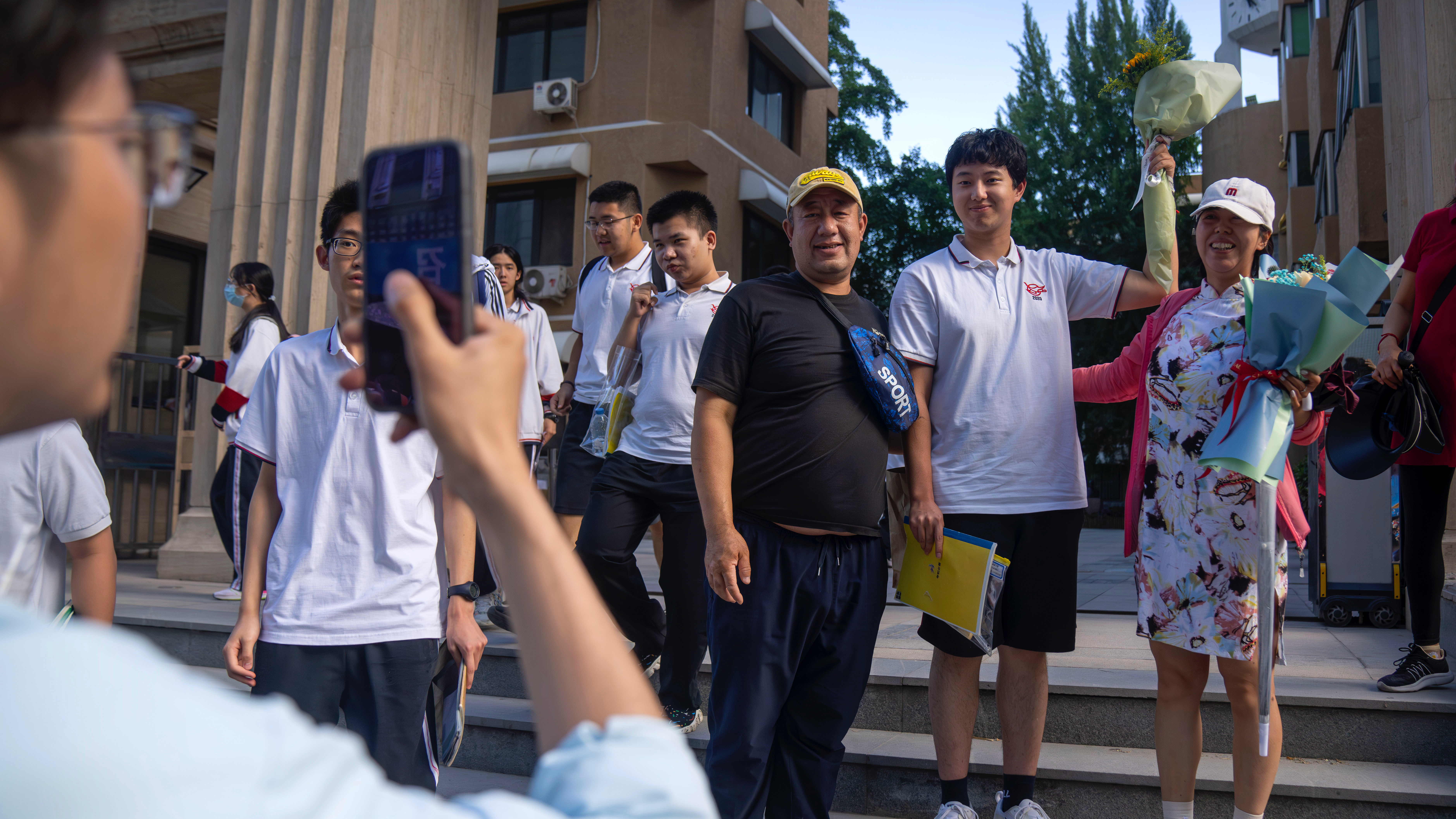For international students, the most popular place to study has long been the United States, which has had the best teachers, labs and innovation that few countries could match.
But American colleges and universities have started to stumble when it comes to attracting top talent.

China has traditionally sent the most students to the US. But those numbers have been slipping, and many graduates quickly head back home after getting their diplomas.
China has built some of the world’s top universities in a relatively short time. But Tianrui Huang — who is now studying philosophy and economics at the University of California San Diego — still decided that she wanted to travel to the US.
Huang said that her decision was mainly because there is only one college admission exam per year in China, which to her, felt too risky.
“School admission[s] are very exam-based,” Huang said, adding that the same is true for getting into good high schools.
She explained that she has “terrible exam anxiety” and that the college admission process in China placed a lot of pressure on her.
Although she chose to study in the US, the overall number of Chinese students at American universities is dropping.
Yingyi Ma, a professor of sociology at Syracuse University who has written extensively about Chinese students’ experiences in the US, said that around 2018-2019, universities began to see a slight decrease in the number of Chinese students.
“And then the pandemic hit,” Ma said. “And with the rising geopolitical tensions between the US and China … [it] made Chinese students hesitate to come to the United States to study.”
She added that the interest in studying abroad, in general, has declined significantly, and that Chinese students are trying to stay closer to to home, traveling to places like Singapore, Japan, Hong Kong, or even the UK.

“The pandemic just exacerbated the [declining] trend,” she said. “And we cannot really underestimate the election of Donald Trump and his overall attitudes towards China.”
Ma said that Trump’s remarks also made many parents very anxious about the prospect of sending, in most cases, their only child to the United States.
“At [one] point, [the Trump administration] said that all [Chinese students] are potentially agents of the Chinese government. And all of that really politicized this whole community.”
But Ma said that Chinese students still make up the largest portion of the international student body in the United States.
Meanwhile, many US schools would not exist without international students because of the high tuition rates. And there have been are a lot of grievances about the high costs.
Ma added that “it’s very hard to find another country outside of the United States [besides China] who are able and willing to pay for the costs of tuition.”
Visa restrictions
For many people who study in the US, they have to return to their home countries after graduation because of visa restrictions. Ma is among those who think it would be beneficial for the restrictions to be loosened so the US can take advantage of some of that talent.
“This kind of argument has been made in STEM (science, technology, engineering and mathematics),” she said. “And in those fields, especially at the graduate level, especially at the doctoral level, [in] certain fields, you’re going to find 50% or more are international students.”
There has been a push for Congress to pass a law to directly provide the path to citizenship, or at least offer a green card, to those doctoral graduates in STEM fields. According to Ma, that proposal is specifically motivated to enhance American technological leadership in this area.
In the meantime, Tianrui Huang said she intends to stay in the US after graduation.
“I plan to do one or two gap year efforts to do journalism,” Huang said. “If I get work here, I would probably do some Asian coverage. But after that, I might consider applying [to] law school.”
Related: 1-HOUR SPECIAL: Breaking Barriers: The challenges immigrants face in accessing higher education
Our coverage reaches millions each week, but only a small fraction of listeners contribute to sustain our program. We still need 224 more people to donate $100 or $10/monthly to unlock our $67,000 match. Will you help us get there today?
